Everything you need to know about Spatial Audio

What do you need for Spatial Audio?
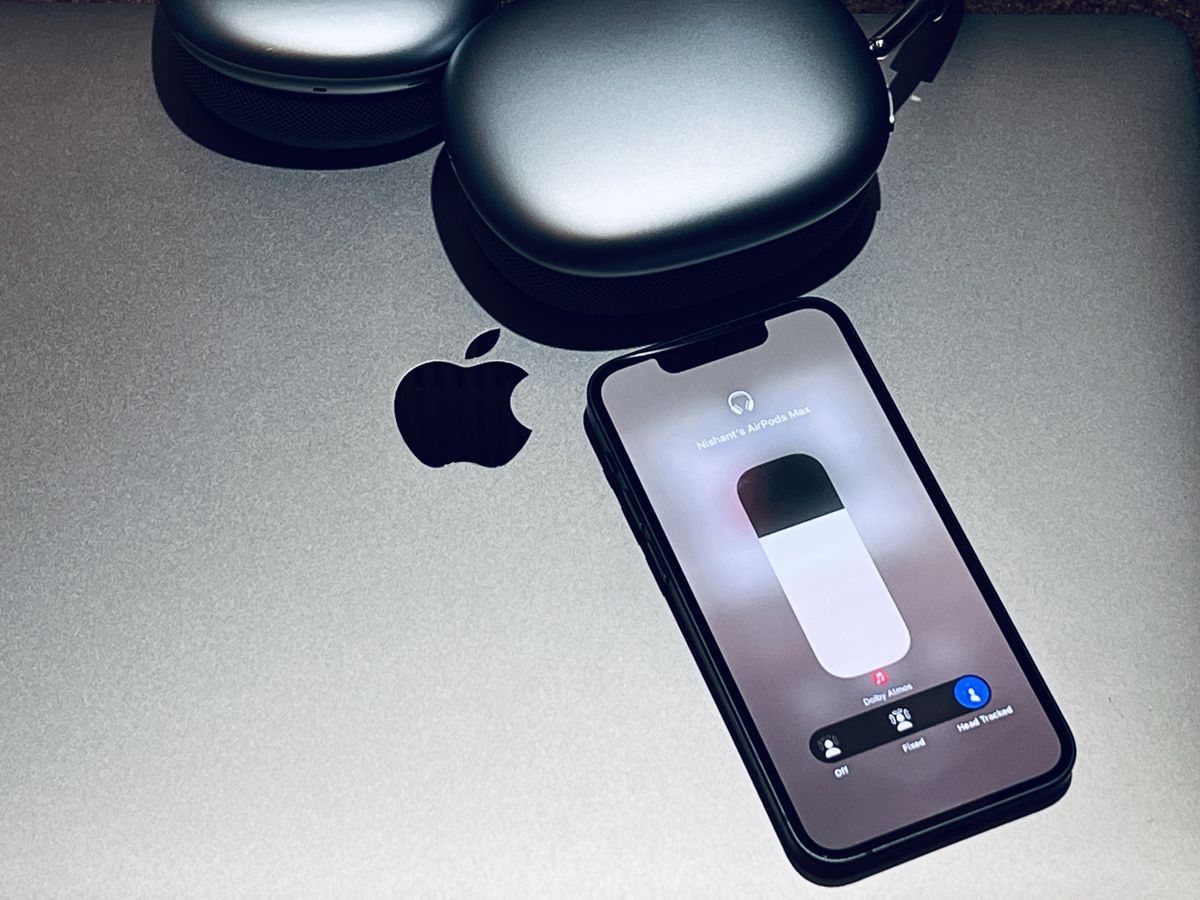
Movie sound in Spatial Audio
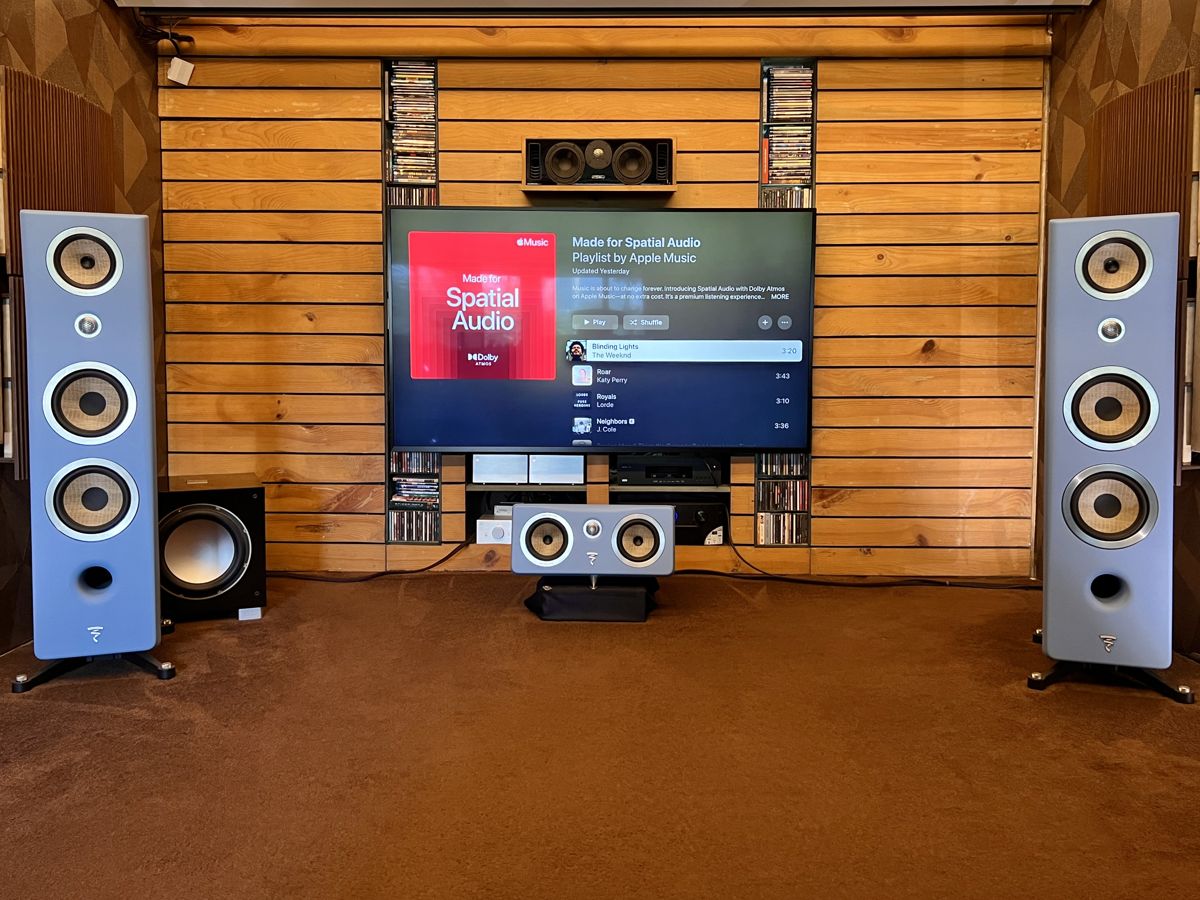
Another pleasant byproduct of Spatial Audio becoming a reality is its contribution to personal cinema. The current crop of Apple AirPods use head-tracking along with Spatial Audio for select platforms like Netflix, Apple TV+ and some on Disney Hotstar and it tracks your head position in relation to the iPhone or iPad and keeps the audio locked to the screen.
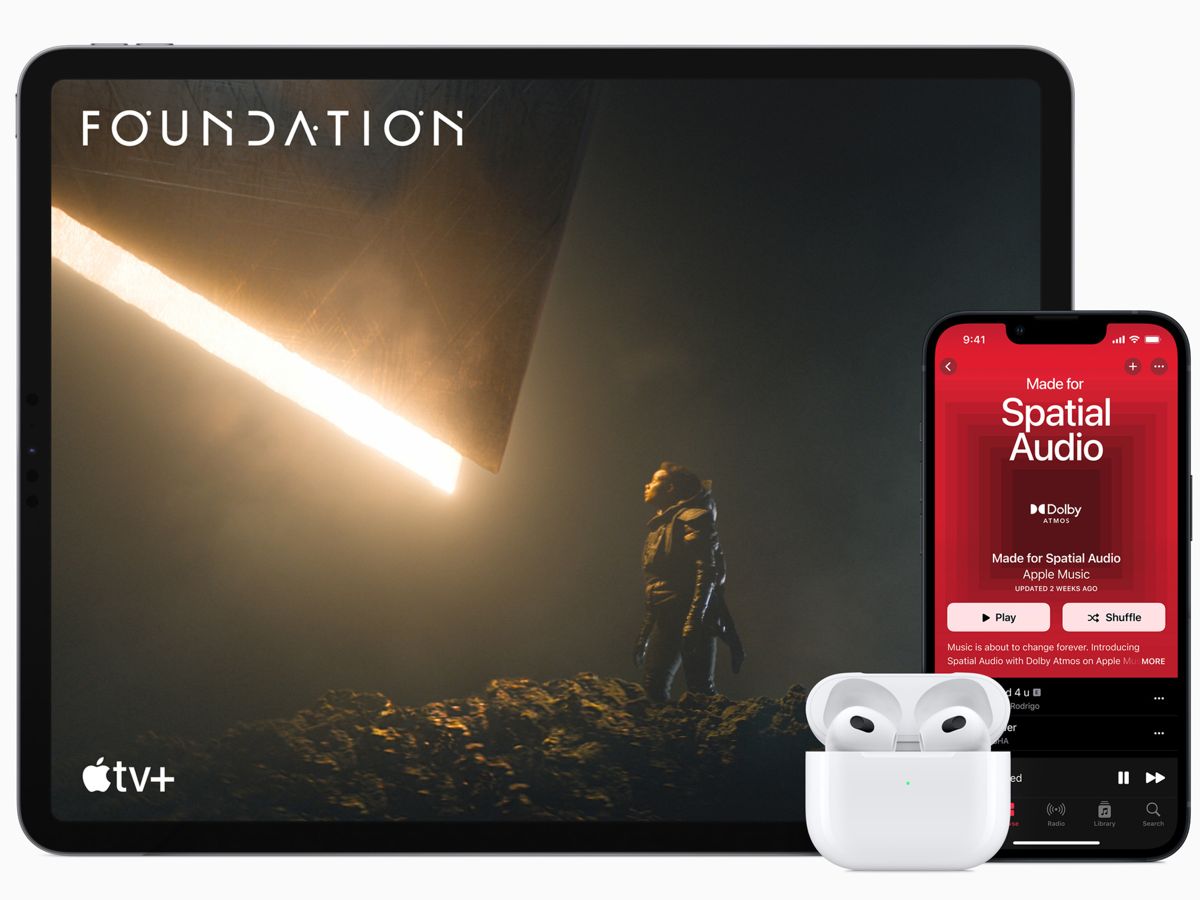
So regardless of you turning your head left or right to talk to someone, it sounds like Dr. Shaun Murphy is whispering the prescription right at your ears! Even if you aren’t into The Good Doctor, the enhanced width of the soundstage helps in taking the sound beyond just the physical dimensions of your device and makes it sound..well, like a much larger space akin to a home-theatre. At least in terms of intended effect, actual results may vary on the kind of headphones, volume levels and quality of content.
Which music sounds best?
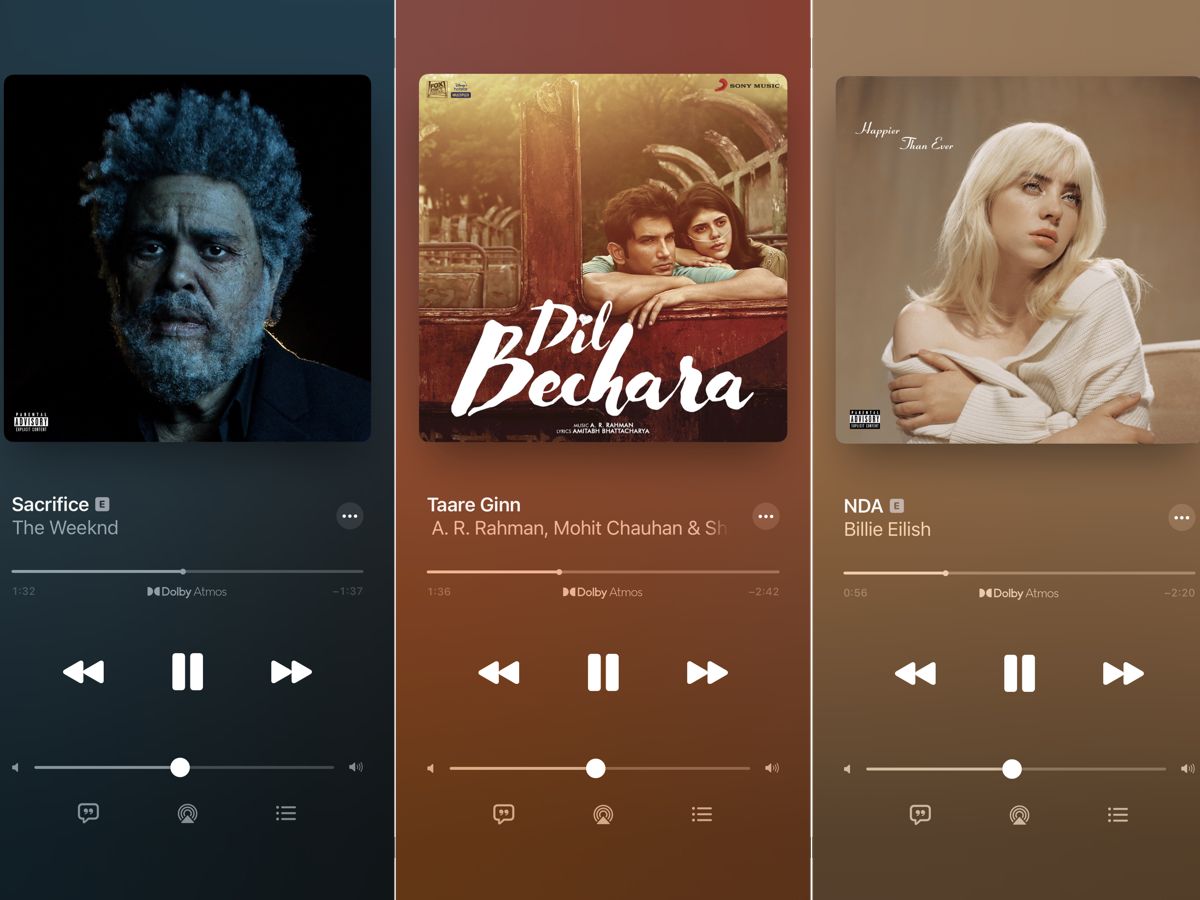
More music for everyone
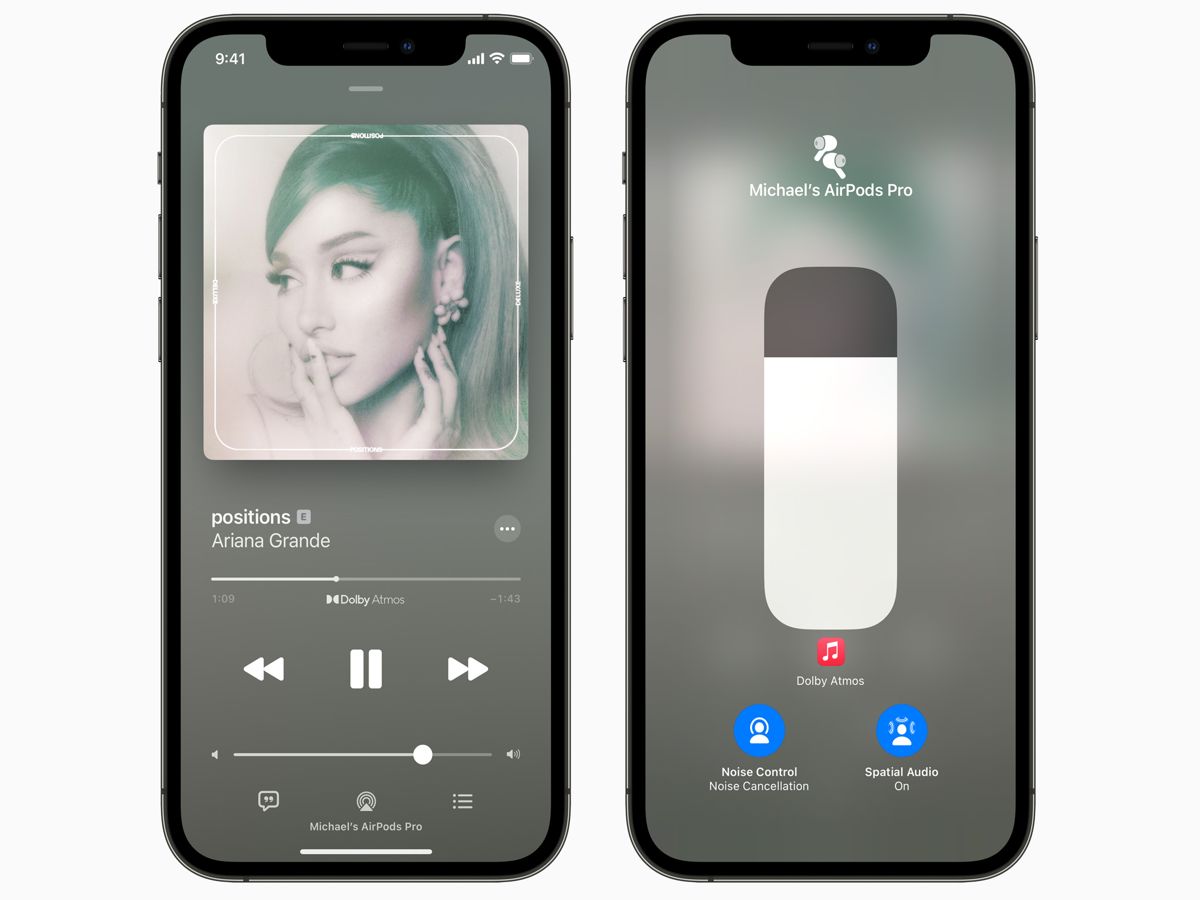
Cheaper than chips

More about Spatial Audio from the engineers and producers of Bollywood hits.
.jpg&w=35&h=35&q=70&c=1)